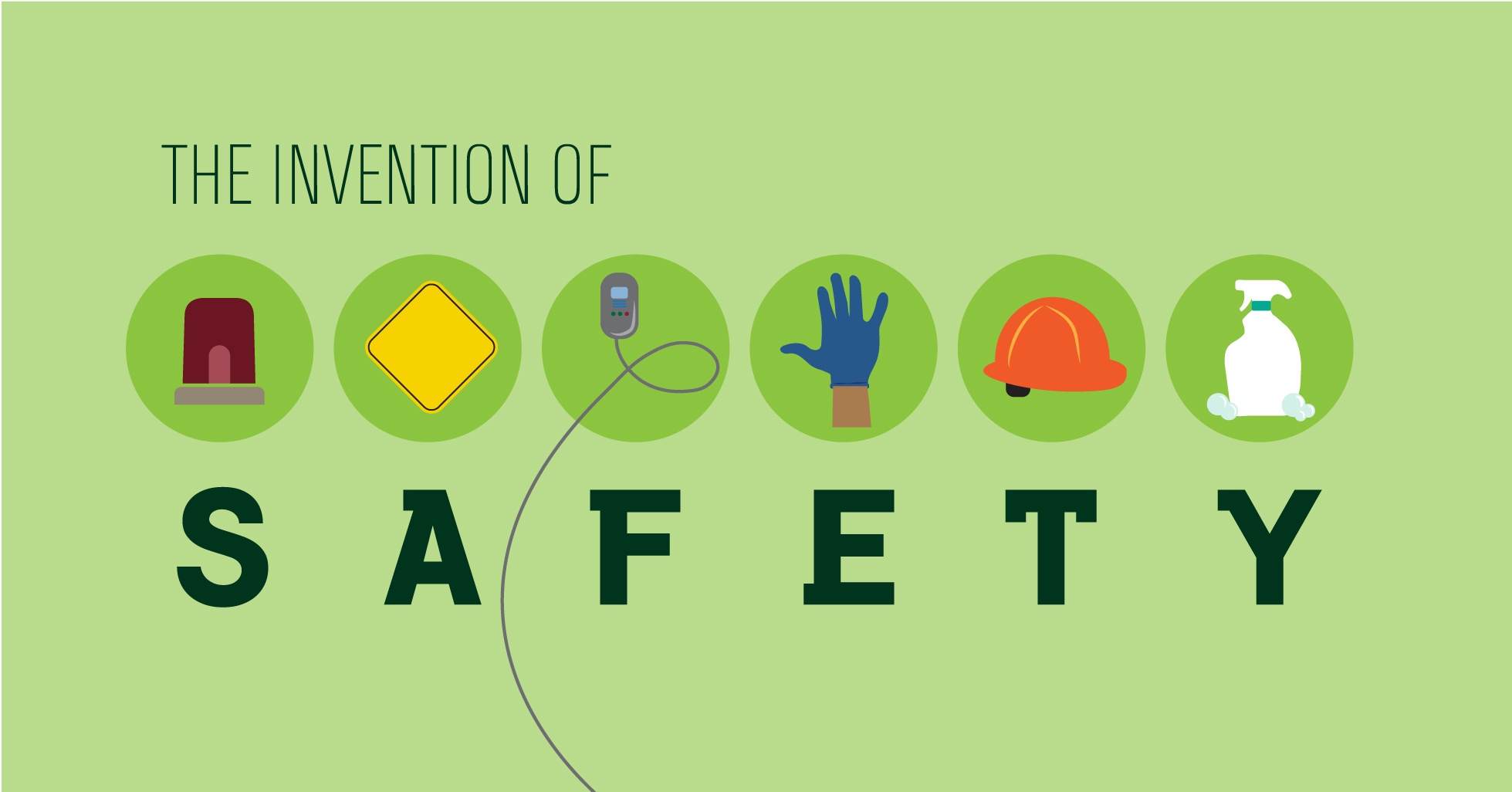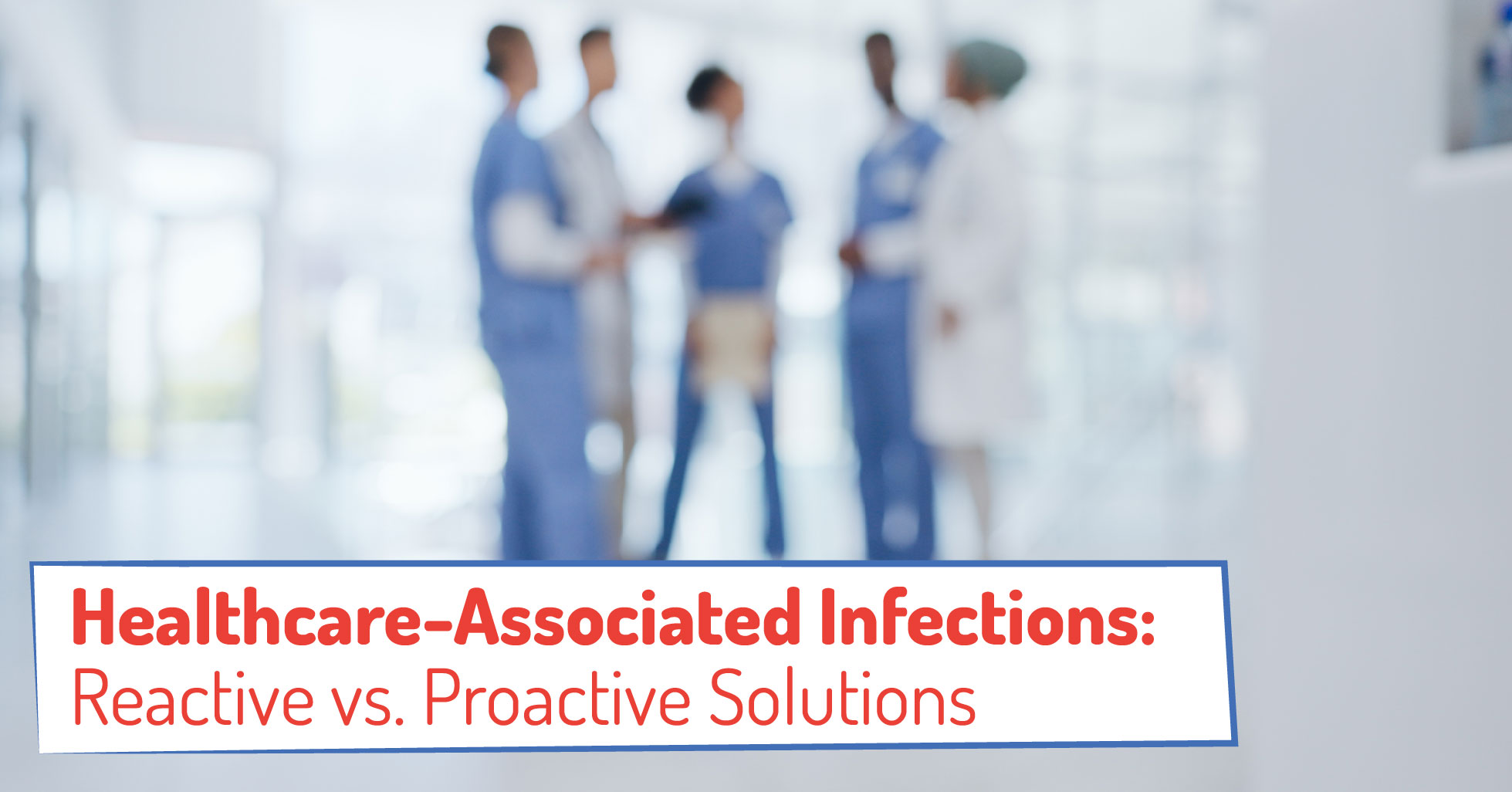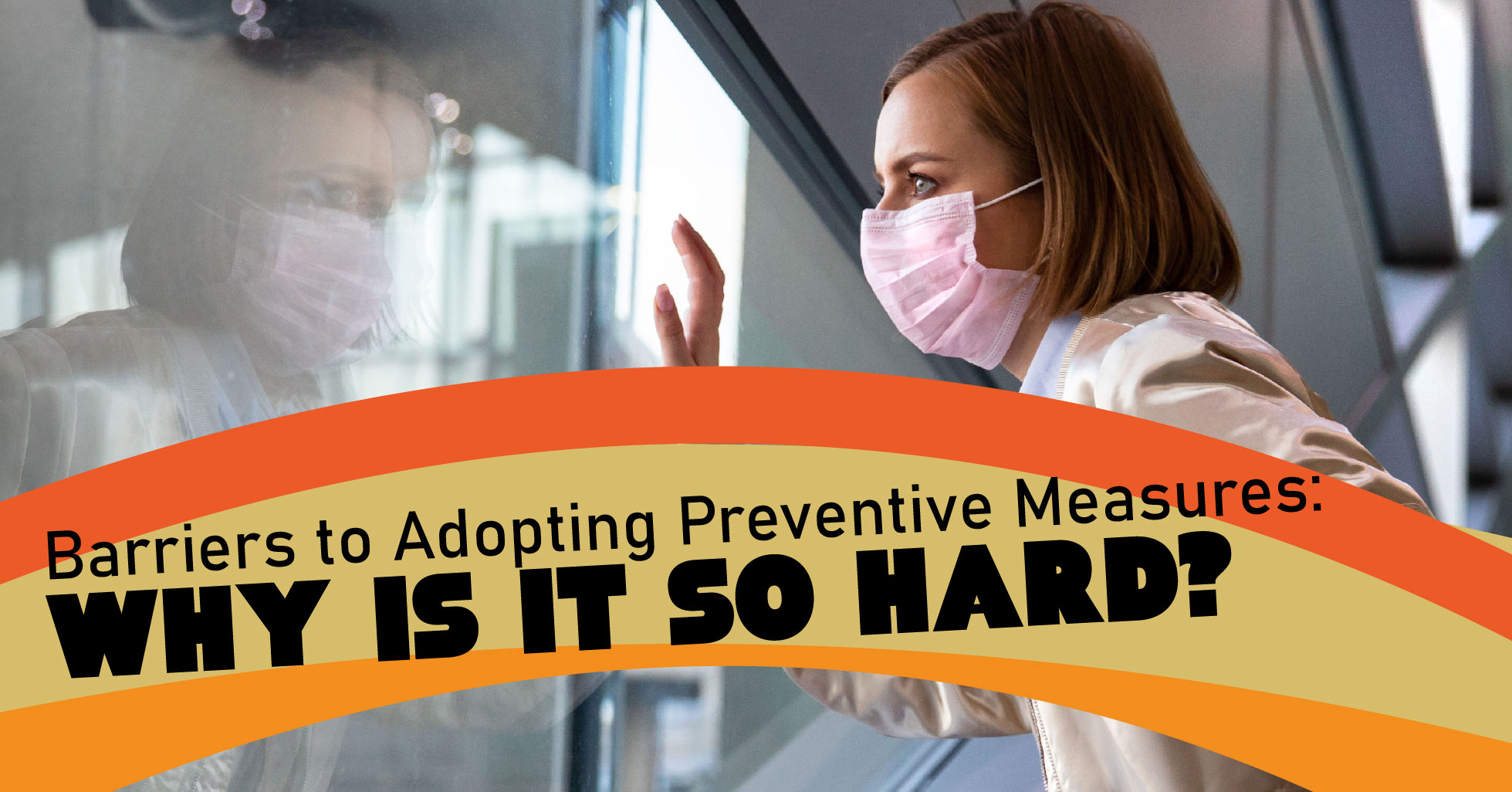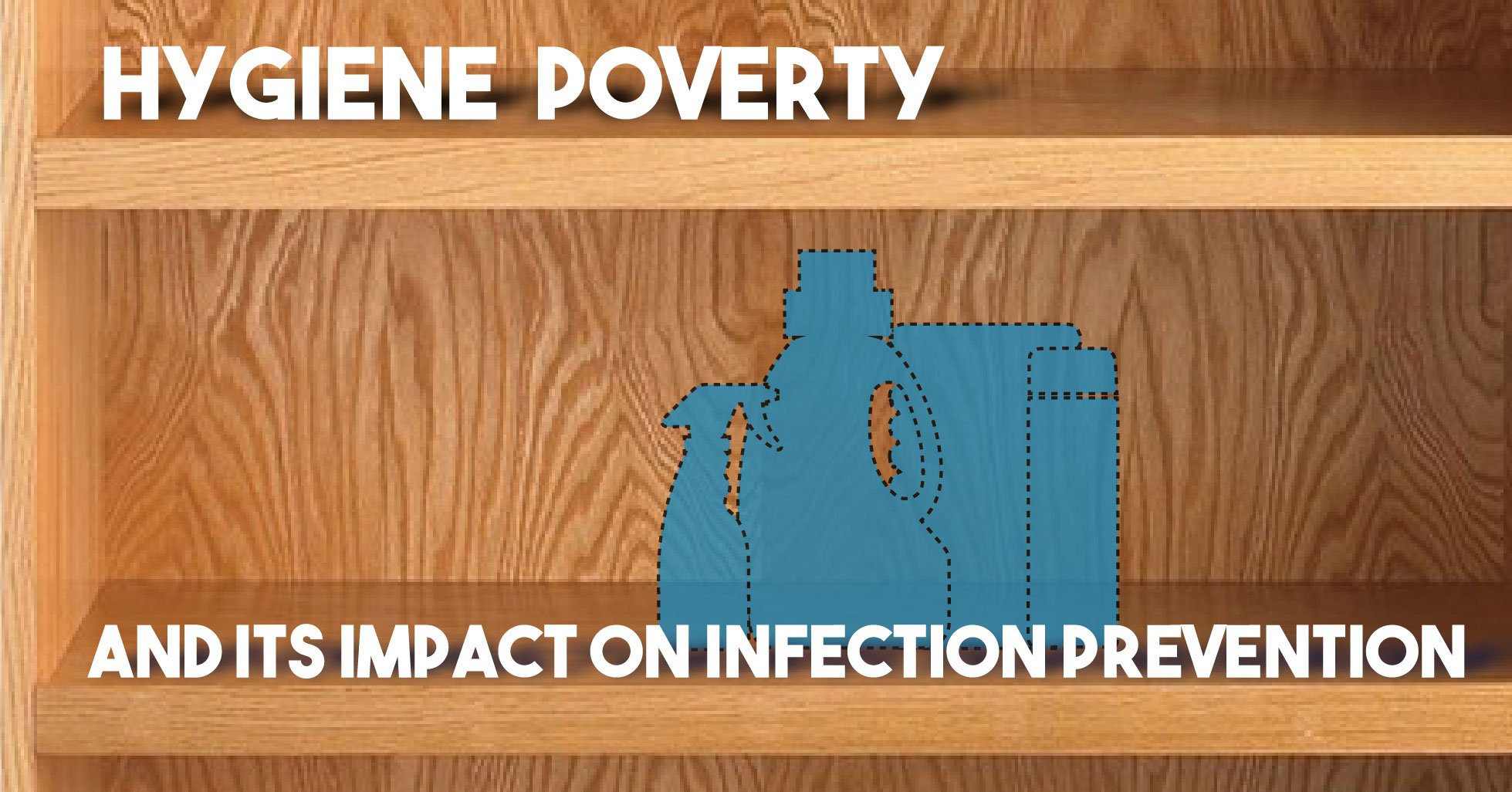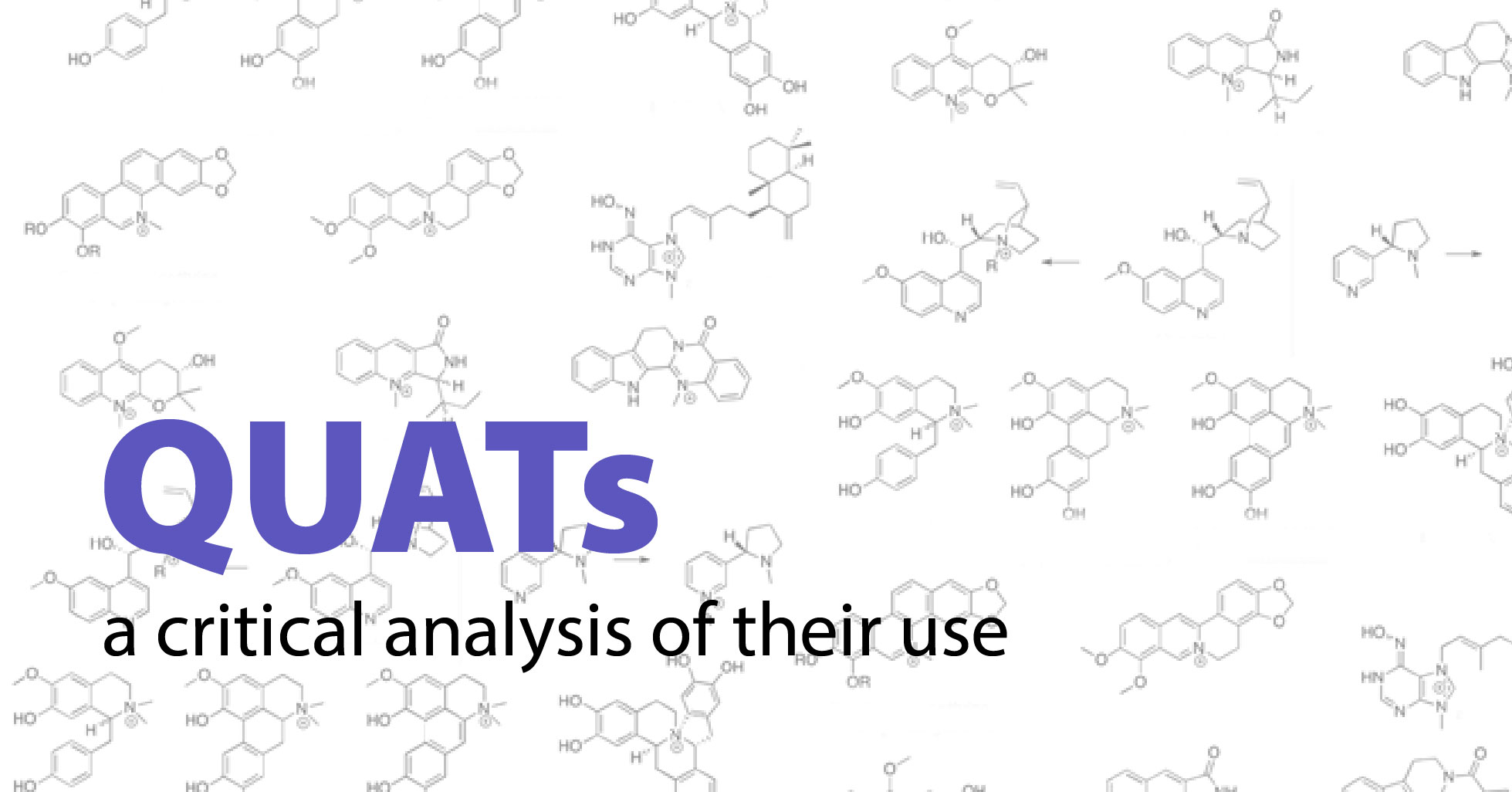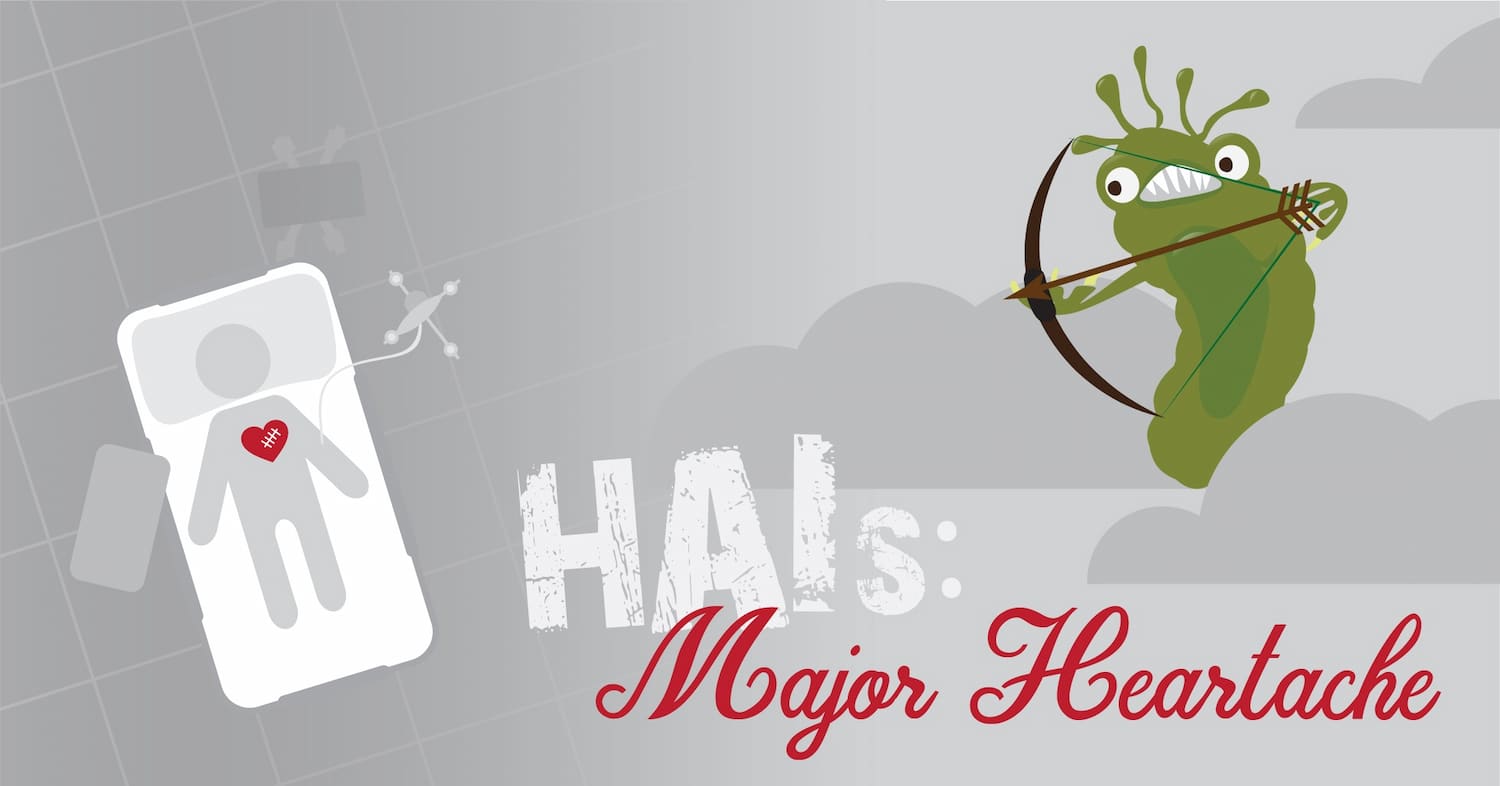The concept of safety is nothing new: Anything that protects us from injury or death has surely been on the mind of humankind since we were hunter-gatherers on the savanna surrounded by carnivores. But mere survival is no longer enough! We want to be able to do what our hearts and minds imagine, but still be mindful of our weaknesses and vulnerabilities. As a result, every field of human endeavor has safety as an essential component, not the least of which are health and medical care. In today's post, we'll look at what unifies all safety concerns across all fields, and highlight some critical inventions that make hospital care safer for everyone.
Erica Mitchell
Recent Posts
Healthcare-Associated Infections: Reactive vs. Proactive Solutions
by Erica Mitchell | March 11 2024
To address the persistent issue of healthcare associated infections, hospital professionals deploy two primary approaches: reactive and proactive solutions. There are advantages and disadvantages to both options, so a combination of the two is required to cover all reasonable contingencies. In this blog post, we'll explore the differences between these two strategies and their respective impacts on patient outcomes and healthcare systems.
Hygiene Poverty and Its Impact on Infection Control and Prevention
by Erica Mitchell | February 23 2024
Access to clean water, soap, and basic cleaning products may seem like a given in our nation, leading many of us to overlook the impact poverty can have on hygiene. In the United States alone, the statistics are staggering: 33% of low-income households report bathing without soap when they can't afford it, 32% report reusing diapers, and 74% skip doing laundry or dishes to save on supplies. It can seem that hygiene products are not as great a priority as nutrition, shelter, or clothing, but hygiene has a direct impact on health, especially for those struggling with a chronic condition or patients receiving "hospital at home" care. In this blog post, we will explore this concept of "hygiene poverty," its consequences, and the urgent need for collective action.
Presidential Pathogens: How George Washington Stopped an Epidemic
by Erica Mitchell | February 19 2024
With a Presidential Inauguration taking place in the midst of a global pandemic, we have the opportunity to look at how past president's have dealt with pathogen outbreaks. Pre-antibiotic presidents faced illnesses in their personal lives alongside their fellow Americans, often with tragic results. Once vaccines were available, presidents often took leading roles to promote their use, both through public statements and through policy. But it was the very first president who actually took first-hand steps to stop an epidemic, steps that may have allowed for the very birth of our nation.
Achieving and maintaining sanitized surfaces in hospitals requires an arsenal cleaning and disinfecting products, with quaternary ammonium compounds (QACs or QUATs) being a popular choice. However, as with all cleaners and disinfectants, there are both benefits and risks to their use. In today's post, we'll explore the use of quaternary ammonium compounds and some growing concerns about their impact.
The first African-American to join the American Society for Microbiology was a woman. The first African-American to receive a PhD in Microbiology was a woman. And that woman, who overcame obstacles not only related to race but also gender, was Dr. Ruth E. Moore. We take a moment today to recognize this important scientist, whose contributions to the field as a researcher, professor, and leader have inspired generations of microbiologists.
It's no wonder why we have long associated the heart with life and love. It races when we are nervous or exerting ourselves. It beats with comforting regularity, loud enough for us to hear when we rest our heads against a loved ones chest. Its pulse is an indicator of health and life, a central hub keeping our body functioning. And unfortunately, when this central hub is affected by an infection, the entire body is at risk. Today we will explore how hospital-acquired infections can affect the heart, often with far-reaching implications.
Over the past few posts, we have been looking at how ideas make their way to hospital decision-makers. Nurses play a crucial role in patient care, and their insights can lead to significant improvements within a healthcare facility. However, the way a nurse can bring those ideas to fruition is not always transparent. If you're a nurse with an idea for enhancing patient outcomes, workflow efficiency, or overall hospital operations, here are some steps you can follow that may help you bring your ideas to hospital management.
One of the many concepts that have entered the public consciousness since the COVID-19 pandemic is the idea of healthcare equity. Issues of race are being brought up with respect to voting and education, but specifically within healthcare, the focus has been on access to quality medical care and equal treatment by medical professionals. In today's post, we'll look at some of the ways innovative technologies can help make healthcare more equitable.
